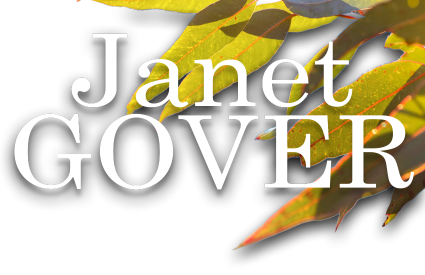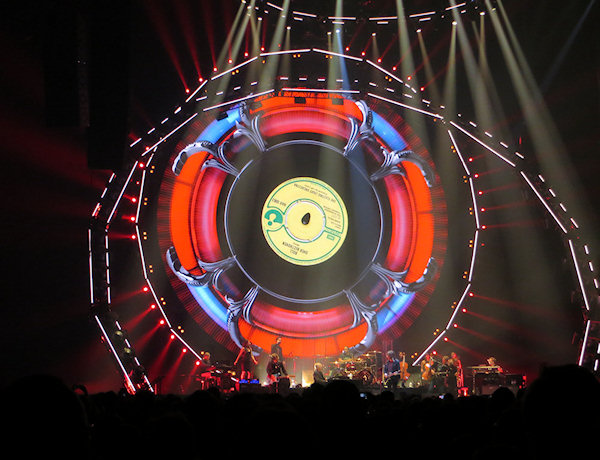
I fought my way through the crowd at London’s O2 Arena (formerly the Millennium Dome) this week to see a music legend – Jeff Lynne’s ELO.
Wow – what a great gig it was. I was down on the floor and it really was like magic. (OK – no more ELO lyric puns).
The O2 is a huge venue – it seats 20,000 people. That means more than a few of them are a very long way from the stage. Not that it mattered too much… ELO put on a wonderful light show.
Which got me thinking about how the live music experience has changed since I first started seeing some of these acts back in the mists of time.
The first international artist I saw was Roberta Flack when I was still a teenage university student in Brisbane, and Killing Me Softly was making me cry on a regular basis. I saw her perform at Brisbane’s Festival Hall… which seated an incredible 4,000 people. It was the city’s biggest indoor venue for a very long time and hosted boxing, roller derby and other sports events as well as music. There were no big screens, no huge lightshows and certainly no fireworks. There was just the performer and the music. Sad to say, it was demolished to make way for a high rise building in 2003.
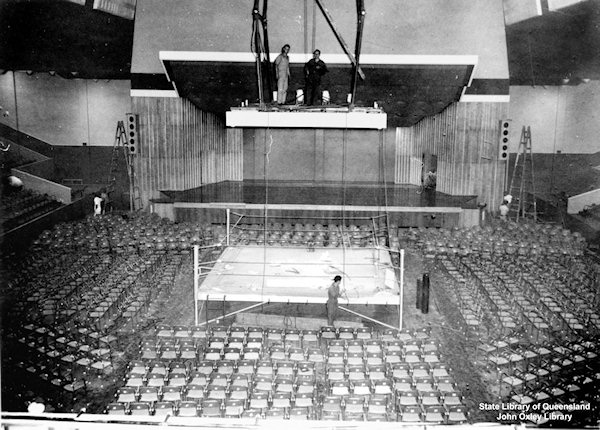
Gradually the venues got larger – and big screens were introduced – otherwise the people at the back would see nothing. This is particularly true at stadiums and outdoor venues.
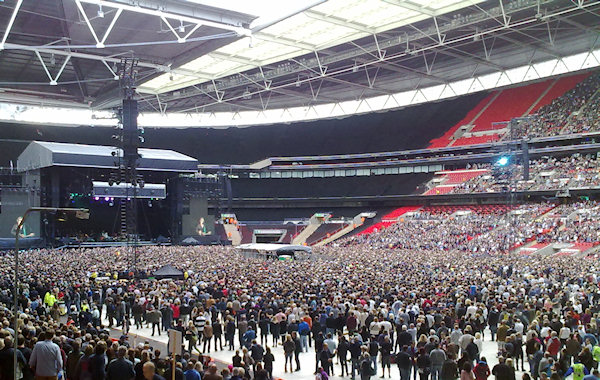
But as indoor venues grew – big screens came into play there – and staging became important – to include even those in the ‘gods’ seats an experience.
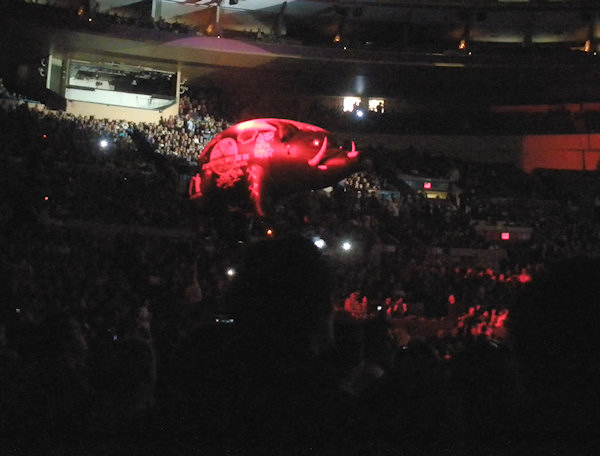
Soon it wasn’t just the big venues. With technology, even smaller venues can now give impressive light shows – and they have become an important part of the whole concert experience.
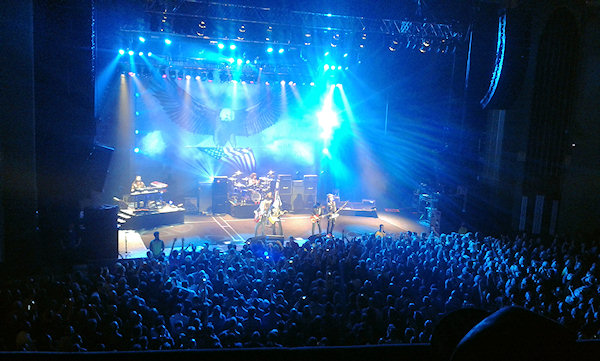
But when it comes right down to it, it’s still, for me, all about the music. I can close my eyes and lose myself in it. Or I can join 40,000 of my closest friend jumping up and down to it. Or I can site in a tent or a tiny back room in a pub and listen to a singer songwriter with a guitar. I can’t write a song or hold a tune or play an instrument and I am in awe of those who can.

A million lights are dancing and there you are a shooting star. (Sorry – but what blog about ELO could exist without a Xanadu reference).
